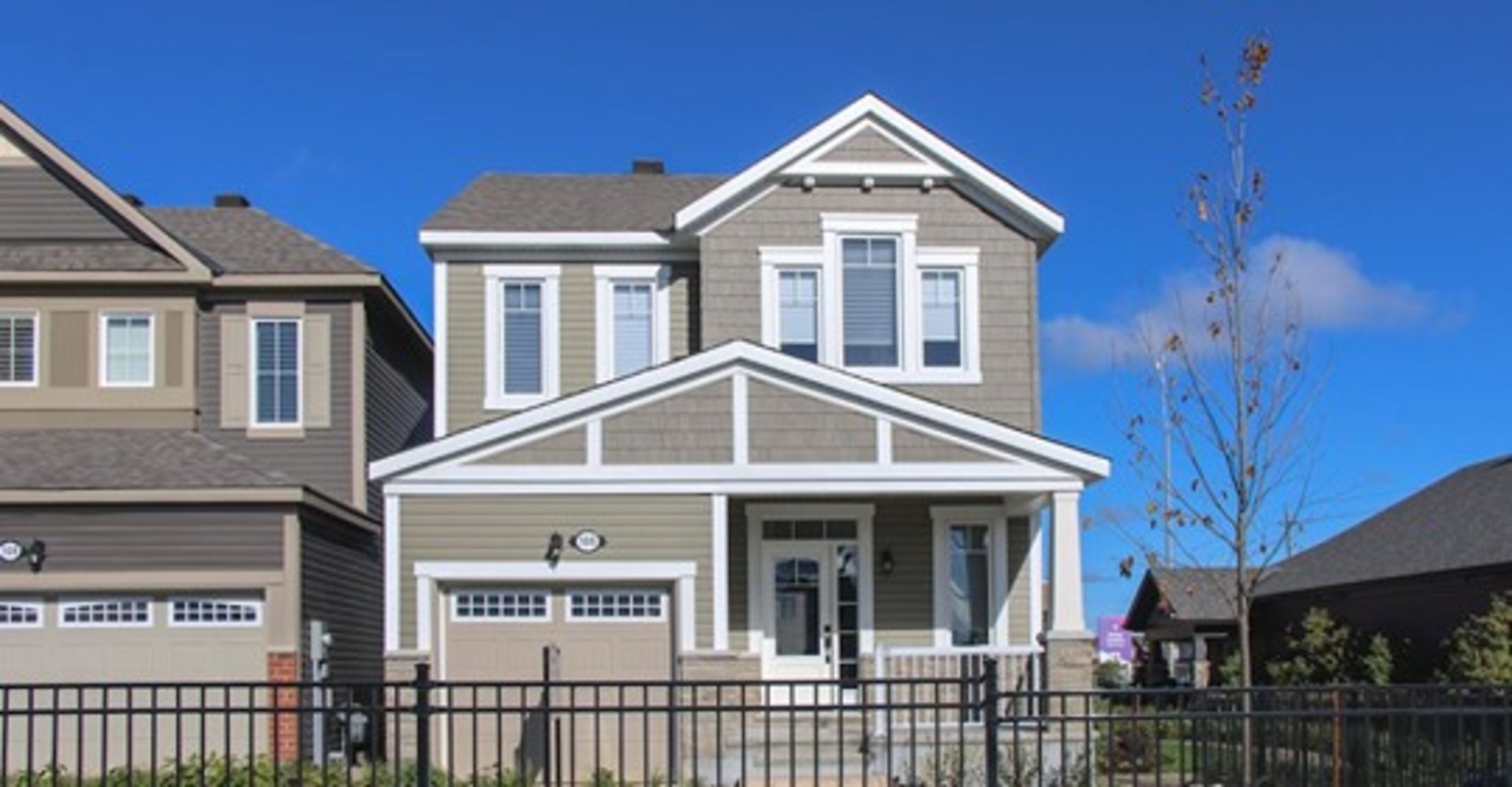Fixed or variable mortgage rate: Which is better for first-time homebuyers?
20 Aug 2019
Buying your first home is one of life’s biggest decisions. It can also be one of the most stressful. Knowing what types of mortgages are available can help you make the right decision. Below we take a look at fixed- and variable-rates, and determine which option is best for first-time homebuyers.
Fixed mortgage rate
A fixed mortgage gives you a predetermined rate of interest for a set period of time. This can range from six months to 10 years, but the most popular by far is a five-year fixed term. A fixed rate mortgage’s biggest benefit is the security of knowing what your monthly payments will be. You never have to worry about surprise rate hikes.
Variable mortgage rate
A variable mortgage rate fluctuates with the lender’s prime rate. Prime is a benchmark interest rate, which is influenced by the Bank of Canada’s overnight lending rate. Although a lender’s prime rate can change at any time, it rarely changes more than three or four times a year.
Closed variable mortgages (i.e. those with prepayment penalties) are usually sold at a discount to the prime rate. As a result, the actual rate you pay generally starts out lower than long-term fixed rates. This year, 2019, is a rare exception to that rule.
Open variable mortgages (i.e. those without prepayment penalties) are typically sold at a premium to the prime rate. That extra charge is to compensate the lender for the risk of you paying off the mortgage early.
Photo: James Bombales
With a variable rate, your mortgage payments typically stay the same regardless of what the prime rate does. However, the amount of payment that is applied to the interest versus the principle varies as prime rises and falls. The payment would only change if the prime rate were to increase so much that you no longer covered the monthly interest due.
This compares to an adjustable rate mortgage, which has both a floating interest rate and a payment that moves up and down with the prime rate. If you choose an adjustable rate mortgage, you have to be able to handle changes to your monthly payments for the entire duration of the term. Adjustable rates are usually slightly lower than variable rates.
The question you want to ask in all cases is: If interest rates were to rise two to three percentage points, could I stomach the extra interest expense? Variable rates have typically cost less than fixed rates over time, but there’s always that tradeoff between higher risk and potentially better savings.
Photo: James Bombales
Why do mortgage rates fluctuate?
Rates change with the expected strength of the economy and inflation. When the Canadian economy is weak or there is global economic risk, investors gravitate to risk-free Canadian bonds. Greater demand for bonds pushes down interest rates, since bond prices and yields move inversely. And mortgage rates follow bond yields reasonably close over time.
The yield for the Government of Canada benchmark five-year bond fell from a high of 2.49 percent last October to a low of 1.20 percent on August 13th. At the time of writing, the bond yield is near a two-year low. As commercial banks borrow money at lower rates, mortgage customers benefit. In June 2019, the lowest five-year fixed rates fell below the lowest variable rates for the first time in years. This unusual scenario has slashed the relative cost of fixed-rate certainty and driven higher-than-normal adoption of fixed mortgages.
The stress test
In January 2018, the Office of the Superintendent of Financial Institutions (OSFI), announced new mortgage rules requiring a “stress test.” It requires borrowers to prove they can withstand payments at much higher rates. The most commonly posted five-year fixed rate offered by the Big 6 banks is the minimum “qualifying rate” that someone must afford.
For mortgages that are not default insured (generally those with 20 percent equity or more), the stress test is even tougher. The bank must stress test the mortgage against the Bank of Canada’s conventional five-year mortgage rate, or the interest rate negotiated, plus two percentage points — whichever is higher.
A mortgage affordability tool like the one on RateSupermarket.ca helps buyers determine if they can pass the stress test and qualify for a mortgage, based on their income and expenses. It’s also a good way to see if your finances can be stretched to adapt to potentially higher rates in a variable mortgage.
Photo: James Bombales
Compare the best mortgage rates
Mortgage rates in Canada continue to remain low, and the difference between fixed and variable interest rates is oddly negative for the first time since 2016. With their predictable nature and historically competitive rates, fixed mortgages are our recommended option for most first-time homebuyers. Just be sure to choose a lender with a fair prepayment charge (not one based on artificially inflated posted rates, like the major banks). Otherwise, renegotiating or breaking your fixed mortgage early could get very expensive.
